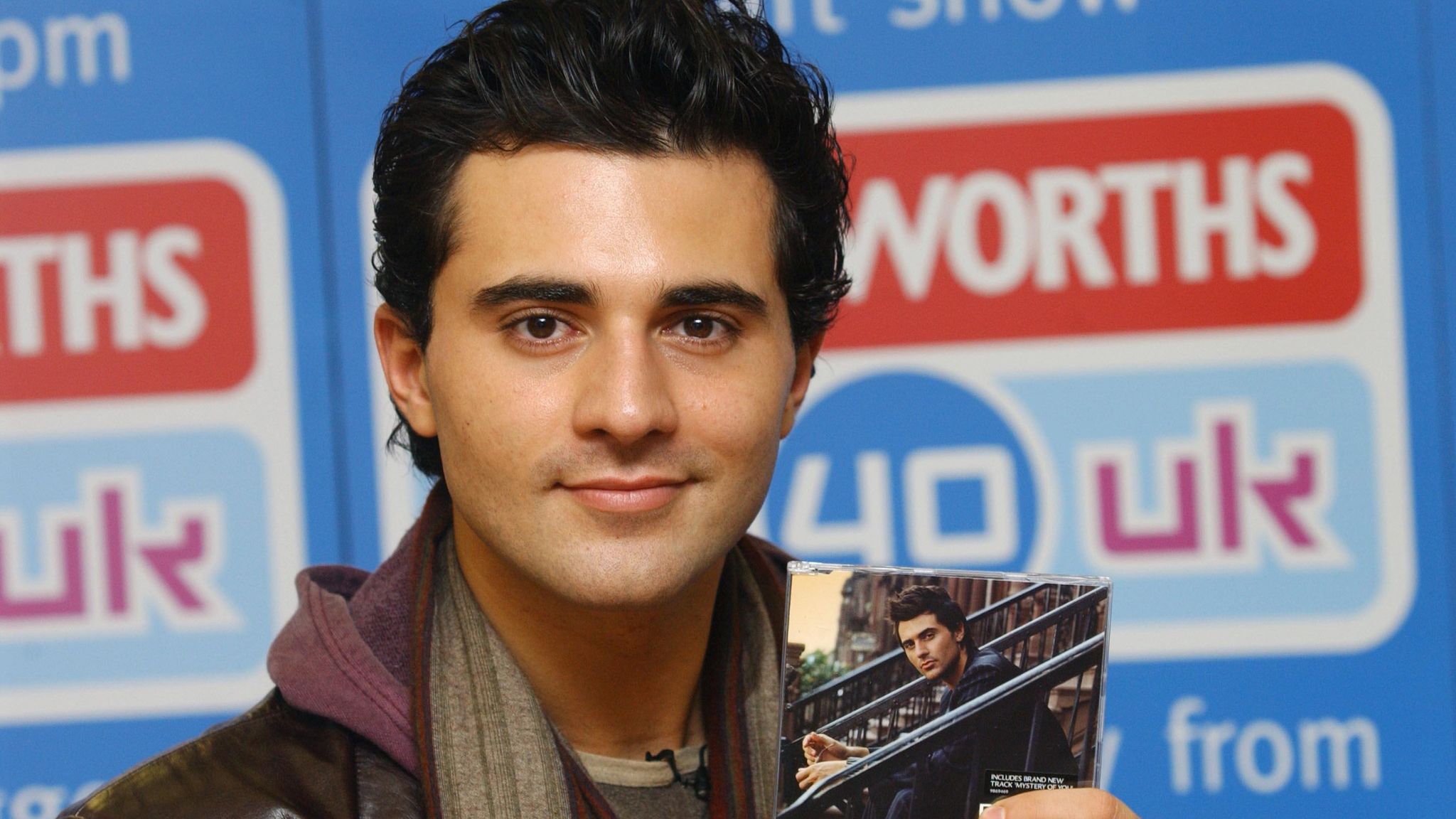
GAS INHALE MR CONTRAST TRIAL
18The scan parameters of Quantitative Signal Targeting by Alternating Radiofrequency Pulses Labeling of Arterial Regions ASL were kept identical to a previous multi-centre stability trial 19: repetition time/echo time/δ inversion time/inversion time1 = 00/40 ms, 13 inversion times (40–3640 ms), 64 × 64 matrix, 7 slices, slice thickness = 6 mm, 2 mm gap, field of view = 240 × 240, flip-angle = 35/11.7°, sensitivity encoding = 2.5, 84 averages. For the ASL scan, we used Quantitative Signal Targeting by Alternating Radiofrequency Pulses Labeling of Arterial Regions to allow measurements of CBF, aBV and arterial transit time. The scanning protocol included an anatomical scan, a three dimensional Magnetization Prepared Rapid Gradient Echo sequence with echo time = 3.8 ms, repetition time = 8.3 ms, field of view of 256 × 160 mm 2 pixel size, 1 × 1mm and slice thickness, 1 mm without gaps. Data AcquisitionĪll experiments were carried out using a 3T Achieva Magnetic Resonance Imaging scanner (Philips, Eindhoven, Netherlands) and an 8-channel phased array head coil. The monitoring included noninvasive blood pressure, heart rate, end-tidal carbon dioxide, and peripheral oxygen saturation. Medical gases were delivered using a tight-fitting face mask. Medical gas deliveries and physiological monitoring were conducted with an anesthesia machine compatible with magnetic environment Aestiva (GE Healthcare, General Electric Company, Madison, WI). The whole scanning session lasted for 1 h and 35 min including an initial 6-min anatomical scan, 23-min scans for each condition, and 20 min of equilibration time. Each experimental condition was maintained for 10 min before scanning to allow for equilibration. Participants were scanned in a single session during three conditions in a fixed order that was concealed to the participants, but necessary to avoid confounding carry-over effects from nitrous oxide: breathing medical air (baseline), oxygen-enriched medical air (40% oxygen) or 30% nitrous oxide with oxygen-enriched medical air (40% oxygen). 17With an overarching aim to explore the therapeutic potential of 30% nitrous oxide in vasoconstrictive syndrome, we foremost need to assess whether this dose increases CBF, without associated metabolic demands. We wished to explore the cerebral vasodilatory potential of a lower, sub-anesthetic dose of nitrous oxide in 30% concentration, it has already been suggested to offer cerebral protection.

7, 8Effects, and side-effects, of nitrous oxide are clearly dose-dependent, but most of the existing literature relates to doses of at least 50% nitrous oxide. 9However, inhalation of 50% nitrous oxide may not be well tolerated by some volunteers. Nitrous oxide would meet many of these criteria, and in fact, at 50% concentration, it was reported to increase CBF even during hypocapnia, a surrogate vasoconstrictive state. The ideal cerebral vasodilator would be minimally invasive, easy to deliver, quick to act, and would increase cerebral blood flow without systemic hypotension or other side-effects. Thus, there is a clear need for improved therapies for cerebral vasoconstrictive syndromes.


 0 kommentar(er)
0 kommentar(er)
